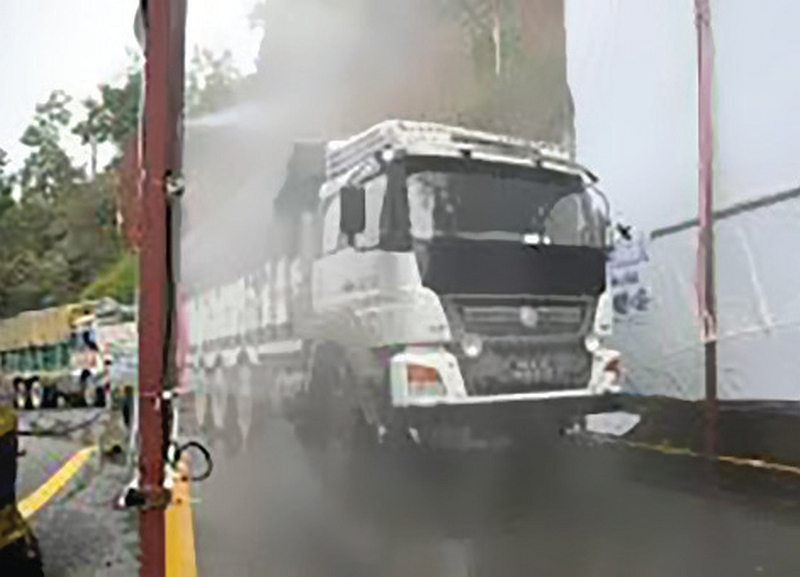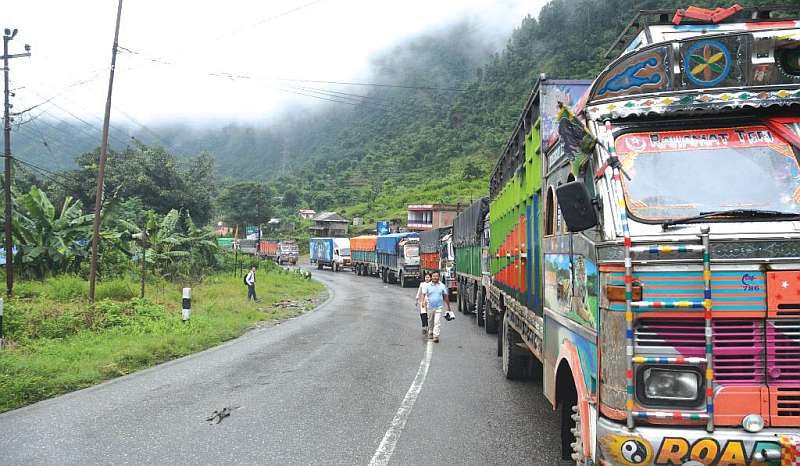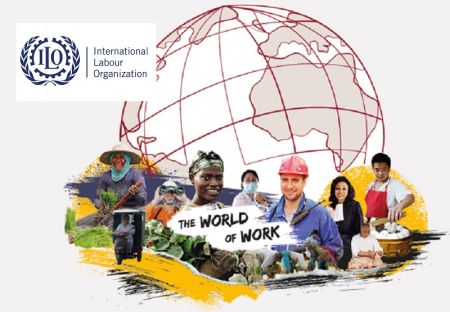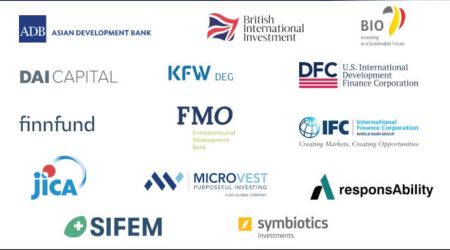The Covid-19 pandemic has exposed Nepal’s weaknesses in supply chain and logistics. Right strategies will help to overcome the problems and keep the wheels of economy moving even during the time of crisis.
--BY RAJAN SHARMA
The Covid-19 pandemic has disrupted the global supply chains and logistics in unprecedented ways. Being an import-based economy, Nepal finds itself surrounded by the global crisis in ways no one had probably imagined. The last four months of the crisis has clearly shown Nepal’s weaknesses in managing its internal as well as external logistics system. With the easing of the lockdown, the serious strains in supply chains and logistics appeared to have eased. But considering that the worst of the Covid-19 crisis is still far from over and there is a need to prepare for adverse situations in the future, the government needs to get it right for formulating strategy for logistic management.
Drawing up on some important lessons taught by the Covid-19 pandemic, the government should have five key focuses to face the challenges. First, it is the information visibility.The procedures and documents needed for transport of cargo, conveyance, etc should be channeled well through all actors in the supply chain. Second is managing effective coordination among stakeholders i.e. government agencies and private sector organisations. The coordination should be extended to transit providing countries so as to minimize disturbances in supply chain and logistics management. Third, display of high level of professionalism of logistic service providers and other services related to logistics is important to avoid disruptions in supply chains. Fourth, ensuring accountability of both private and government agencies to minimise the impacts. Fifth, efforts should be given to establish a distribution channeling system which includes warehouse, inventory, vehicles as regard to topography, road condition, type of goods, volume etc. ensuring that the system is functioning even during the pandemic.
Several problems created by the pandemic needed to be addressed for smooth supply chain and logistics management. For this, our concerted efforts need to target the following areas:
Synergy: The complex and multidisciplinary nature of pandemic/epidemic containment effort calls for synergies between epidemiologists and logisticians by combining with relevant supply chain approaches like multi-echelon (a system that relies on layers of suppliers across multiple distribution centers and is based on outsourced manufacturing with new inventory shipments first stored at a central or regional distribution center), multi-commodity (alternative and additional commodity management) multi-period (regular intervals delivery and distribution ) and multi-vehicle(use of different vehicle types according the area,roads, goods,volume of shipment) arrangements.
End-to-End Approaches: There is a need to enhance our understanding on how cost could be minimised while achieving higher level of efficiency in terms of time response.We need to have decision of the mode and means with the right INCO (international commerce) Terms which is appropriate for the country. This is important more for Nepal as the country has already agreed through Treaty of Trade and Transit to permit India to check and control our movements.
Coordination Model: Generally, there is a gap between policies and modelling approaches. Therefore, we need to follow standards and guidelines published by healthcare organisations when developing mathematical models of logistics during pandemic/epidemic and streamline the assessments by taking into account more realistic assumptions that have adoptability with the supply monitoring agencies of the state. Several discrepancies also need to be corrected on the government’s side. For instance, the government has directed us not to import of donated goods, the Department of Commerce has been instructed not to issue permit without payment certificates and the Consulate Office at Kolkata has been informed accordingly. Nowhere in the world a nation stops its import at transit point, but it happens in Nepal!
Inventory Management: Inventories of essential medical supplies are likely to get depleted with rising demand during a pandemic/epidemic situation. Therefore, there is a need to focus on replenishment aspects of such supplies. The warehousing provisions with identification of type of warehouse, condition, capacity and locations should been carefully looked upon.

Risk Management: Several types of risks emerge during delicate times like these. Risks such as illegal trade, virus contamination and supply chain service failure etc needs careful attention of stakeholders.
Stochastic Nature: In times of crisis, there is a random probability distribution or pattern that may be analysed statistically but may not be predicted precisely. Among them are the capacity and supplies availability, transportation and distribution times and triage processing times etc.
Reverse Logistics: During the period of containment effort, huge amount of medical wastes is produced. Such type of wastes are hazardous and should be treated accordingly.
Performance Metrics: During pandemic/epidemic, supply chains lack any kind of performance measurement. Therefore, research is needed to find for the development of specific performance indicators.
Information Management: In times like these, information regarding the supply chain and relevant sourcing decisions are very important. Information about flow of goods, money and documents should be managed well to avoid confusion and get the real picture of the situation.
Collaborative Approach: Better collaboration between the stakeholders of the supply chain leads to more holistic approaches towards epidemic control. Cross functional, inter-agency collaboration and the role of practitioners should be considered.
Trade Facilitation: Use of state-owned agencies for facilitating trade within and across the borders is a must when private service providers are reluctant to provide service due to fear and non-availability of right gears to operate under the given context. During crises and pandemic, there are no prescriptions on how supply chains can be managed. We need to act quickly based on the context of the situation. To enable efficient and effective actions, the supply chain actors need choice on mode and means of transport. Even after observing multiple problems in logistics and supply chain management, the government has not realised the facts and is obstructing choice of movement for freighters and importers. For example, a shipment booked on CIF Kolkata basis has to be transported by roads and its rail movement is not permitted to change even when Indian customs, port authorities, shipping lines are ready to cooperate. It must be noted here that the cost of CIF ICD Birgunj (direct booking) is over USD 300 which is expensive compared to the change in transportation mode at Kolkata.
The government has levied tax deducted at source (TDS) and value added tax (VAT) on Nepali logistics services providers but not to foreign logistics companies contributing to the flight of money from the country. Furthermore, transparency, accountability and predictability are shadowed by malpractices and risk management and dispute settlement have become more difficult. Distribution within the country also has become cumbersome as small truck owners who are flexible and easily available are unable to comply with the tax and VAT compliances. The current turbulence has presented an opportunity to improve our supply chain management. To address the issues, the government needs to form a crisis management team with participation of all stakeholders including agencies from India and also revisit treaties and agreements related to transit and transport.
Sharma is former President of Nepal Freight Forwarders’ Association.






















